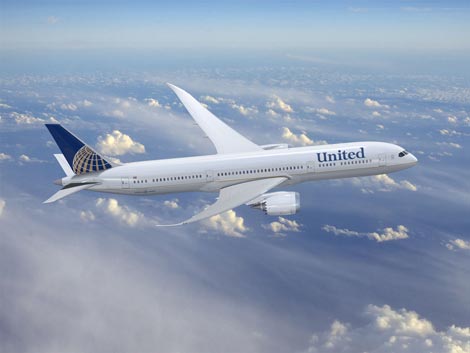February 28, 2011
By Scott Morrison
 An executive at Google claims the online display-advertising market could to $100 billion in a few years. Google currently has thousands of engineers over the world working to eliminate complexities from the internet display-advertising market. Currently the ad market is somewhere between $20 and $25 billion. YouTube, generation more than two billion views per week, is bringing in $2.5 billion a year in ad revenue. These recent figures represent the first time Google has ever provided details about its financial performance from ad revenue.
An executive at Google claims the online display-advertising market could to $100 billion in a few years. Google currently has thousands of engineers over the world working to eliminate complexities from the internet display-advertising market. Currently the ad market is somewhere between $20 and $25 billion. YouTube, generation more than two billion views per week, is bringing in $2.5 billion a year in ad revenue. These recent figures represent the first time Google has ever provided details about its financial performance from ad revenue.

















.jpg)



![[corpweek]](http://si.wsj.net/public/resources/images/OB-ME783_corpwe_DV_20110130190431.jpg)